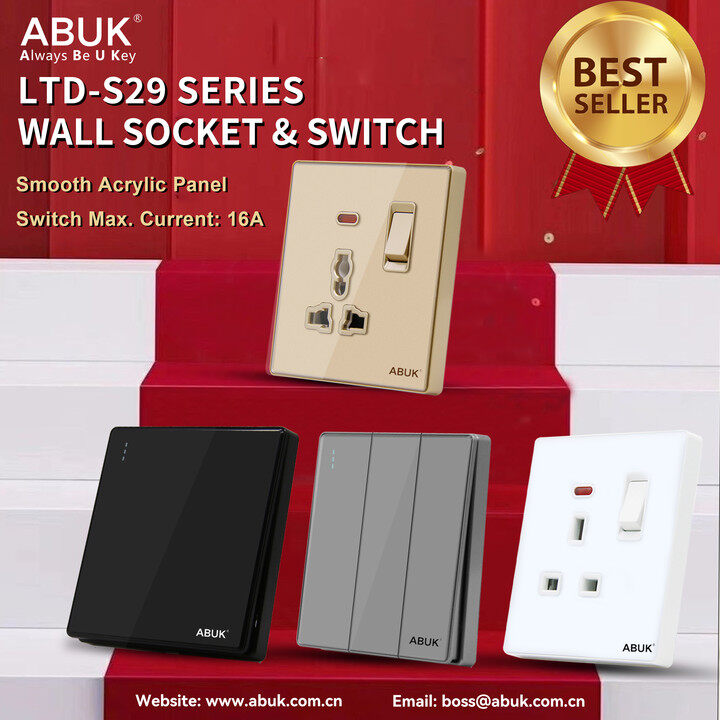Email format error
Email cannot be empty
Email already exists
6-20 characters(letters plus numbers only)
The password is inconsistent
Email format error
Email cannot be empty
Email does not exist
6-20 characters(letters plus numbers only)
The password is inconsistent


Introduction
Wall switches are an essential component of any electrical system, allowing us to control the lighting and other electrical devices in our homes or workplaces. With a wide range of options available on the market, it is crucial to understand the different types of wall switches and how to choose the right one for your specific needs. In this blog post, we will explore the classification and selection of wall switches, providing you with a comprehensive guide to making an informed decision.

Classification of Wall Switches
Factors to Consider for Switch Selection
Installation and Safety Considerations
a. Always follow the manufacturer’s instructions and consult a professional electrician if needed for proper installation.
b. Ensure the switch is rated for the appropriate voltage and current to prevent electrical hazards.
c. Use proper insulation and grounding techniques to ensure safety and prevent electrical shocks.
d. Regularly inspect and maintain the switches to ensure they are in good working condition and replace any faulty switches promptly.
Conclusion
Choosing the right wall switch is crucial for efficient and convenient control of lighting and electrical devices in your space. By understanding the classification of wall switches and considering factors like electrical load, style, features, and safety, you can make an informed decision. Remember to prioritise energy efficiency and consult professionals when needed to ensure a safe and reliable electrical system. With the right wall switch, you can enhance the functionality, aesthetics, and energy efficiency of your space.